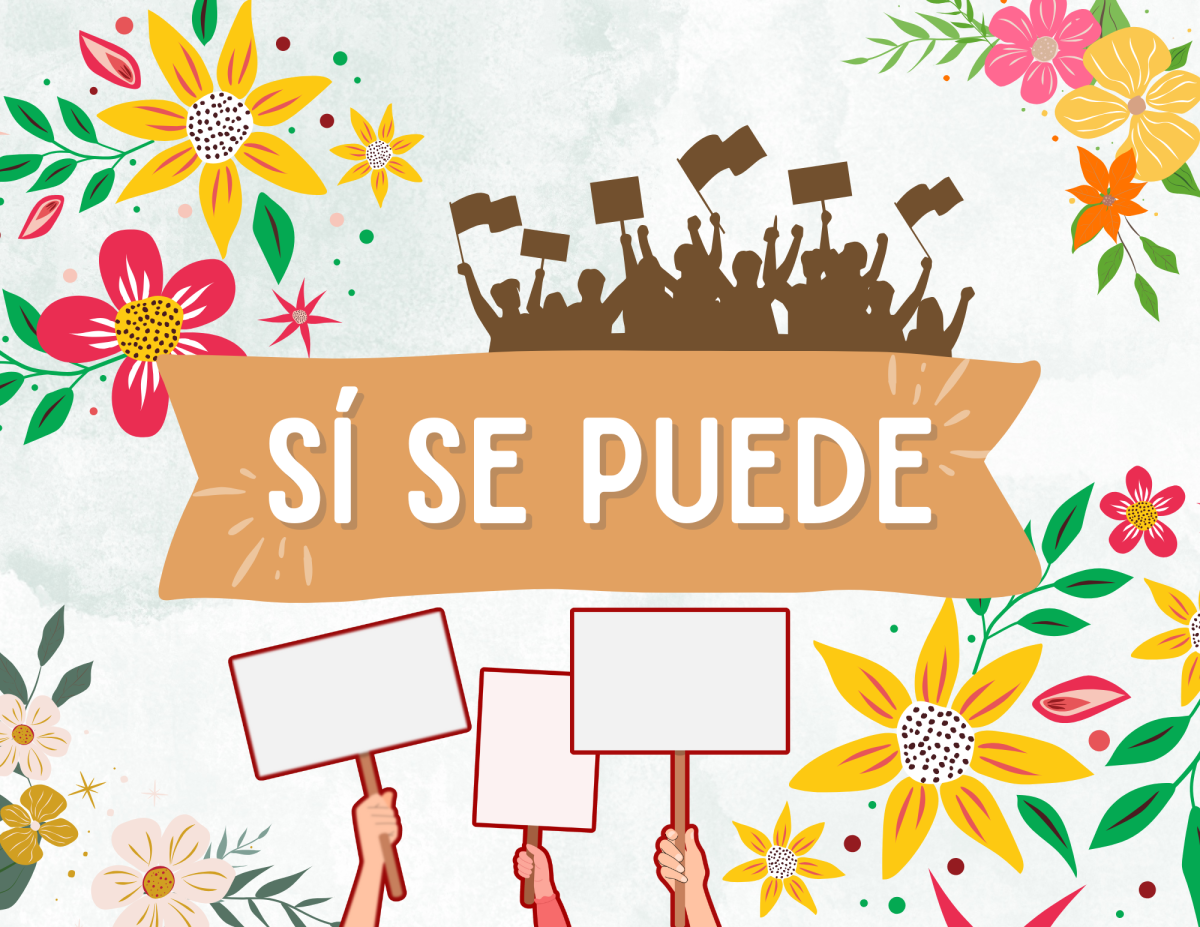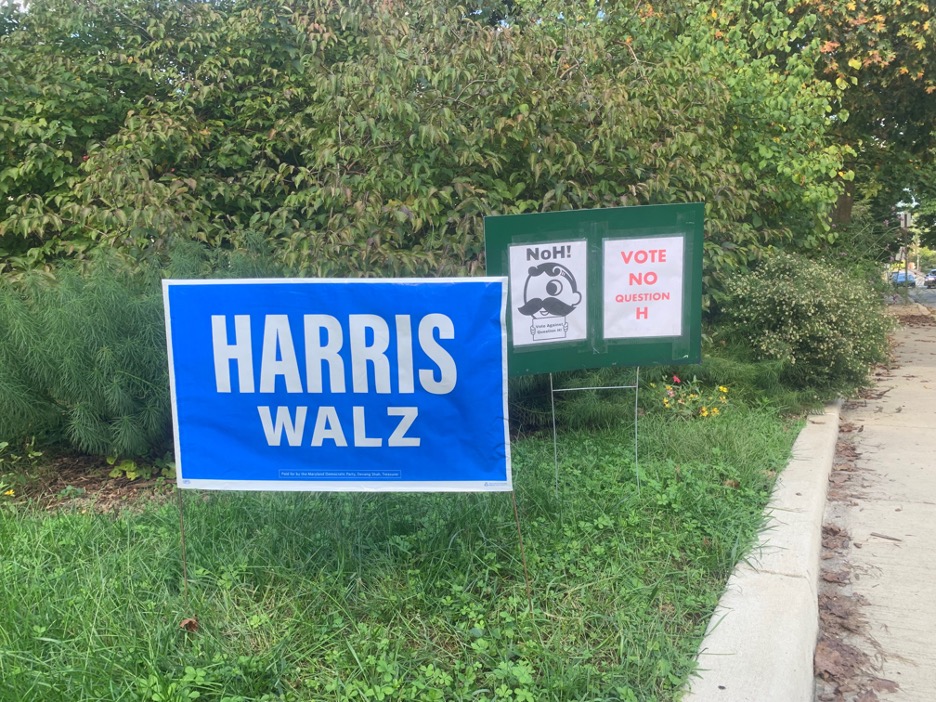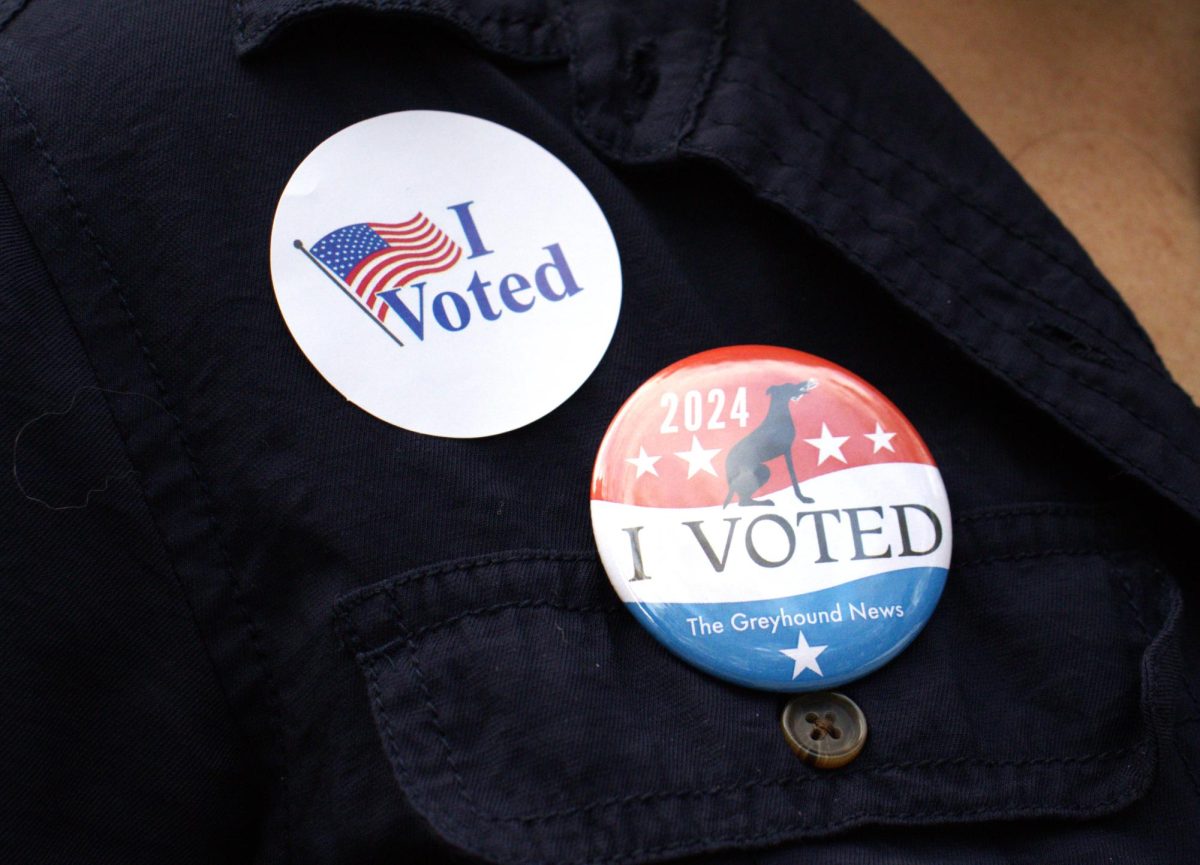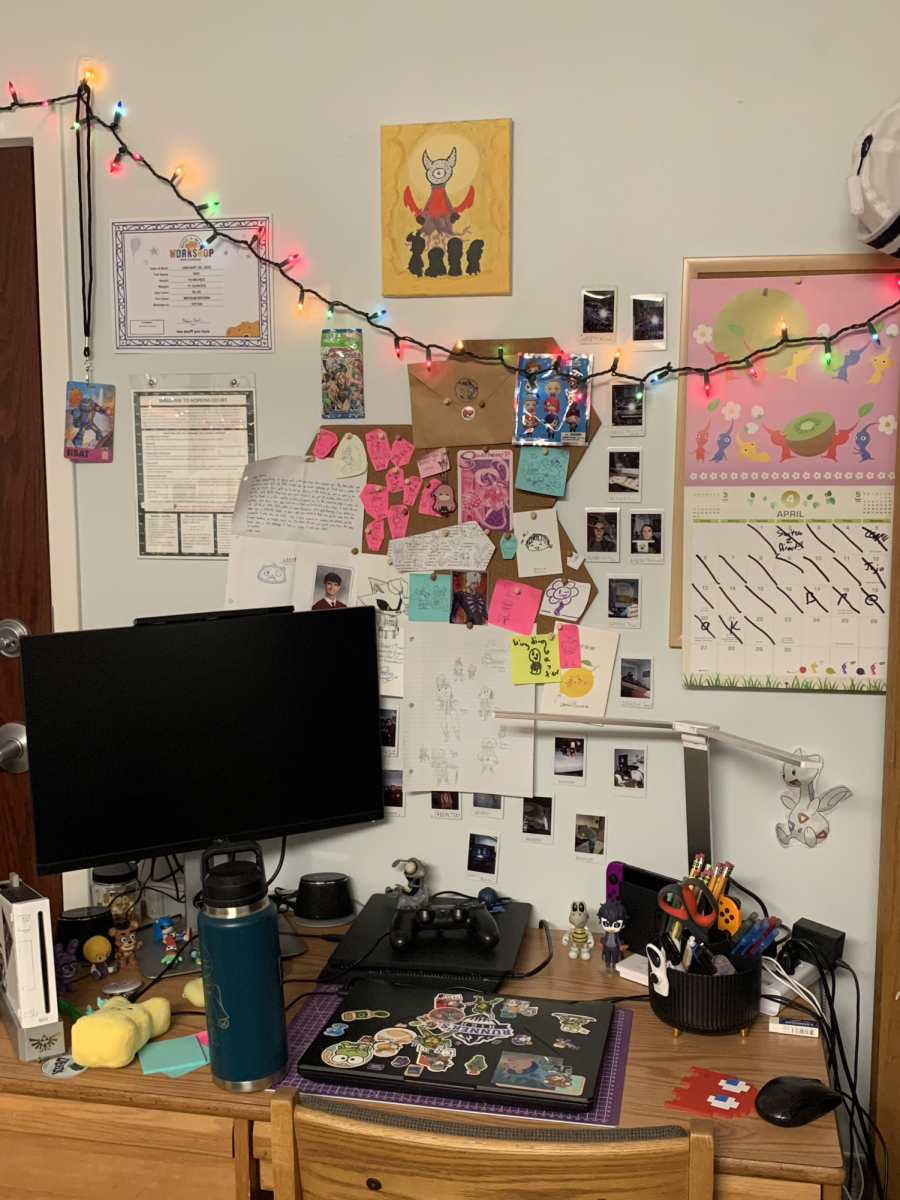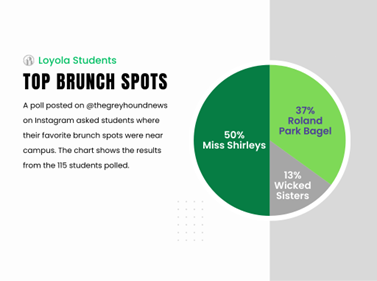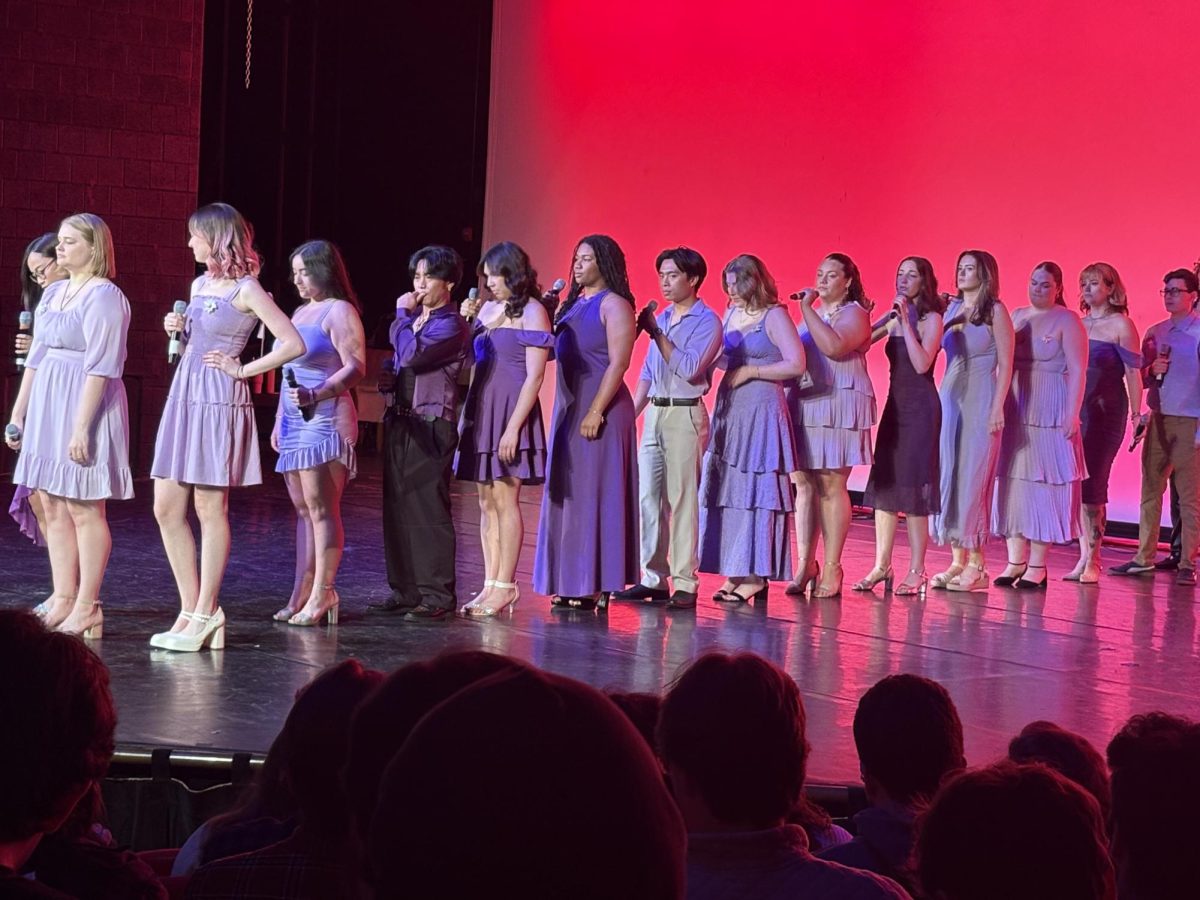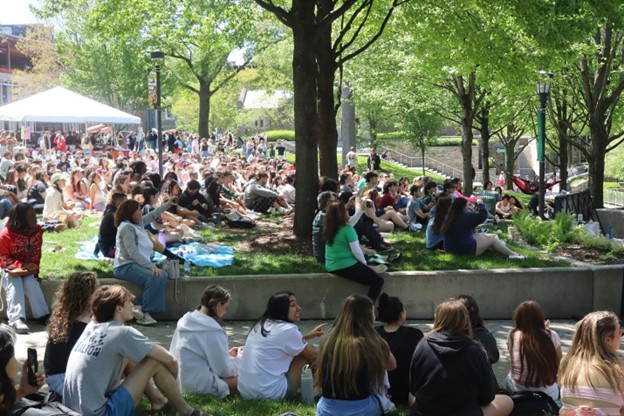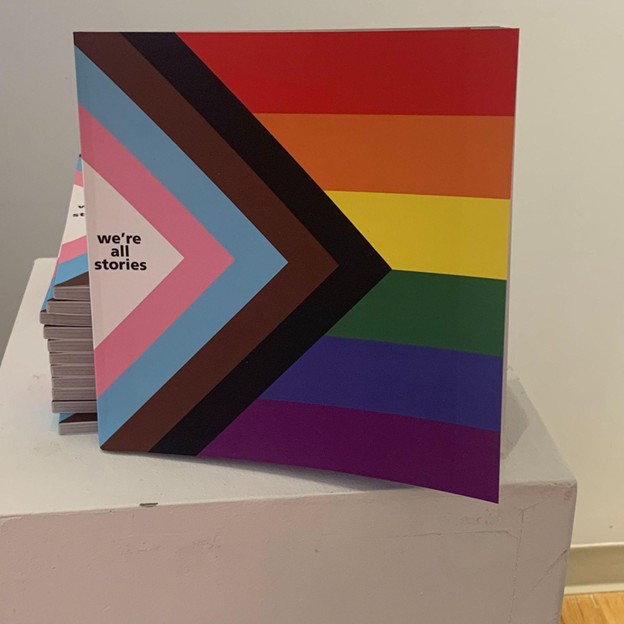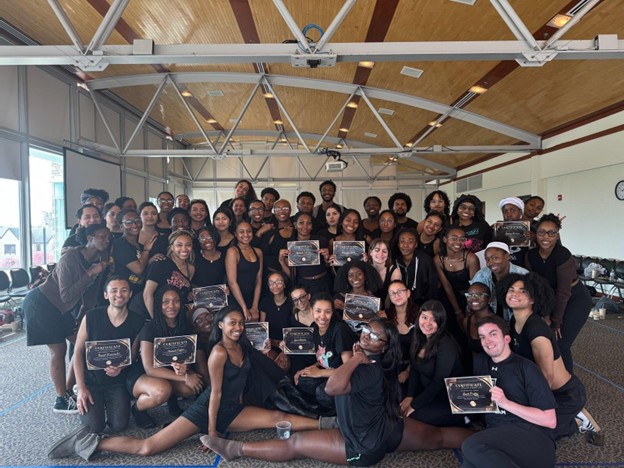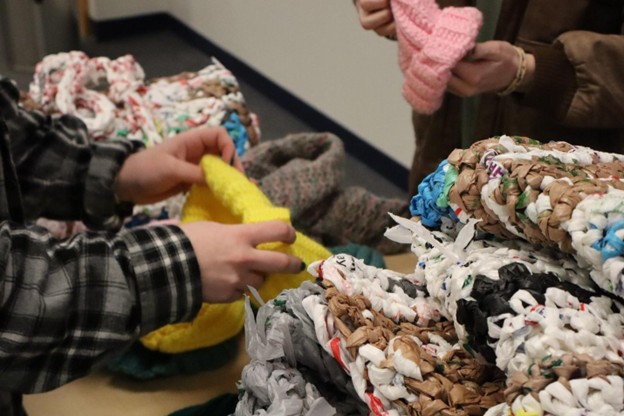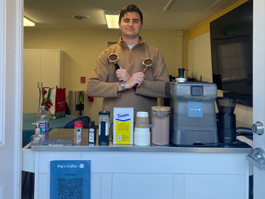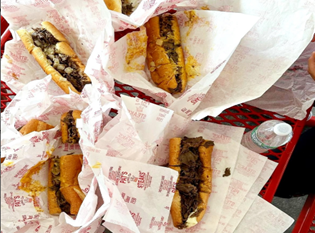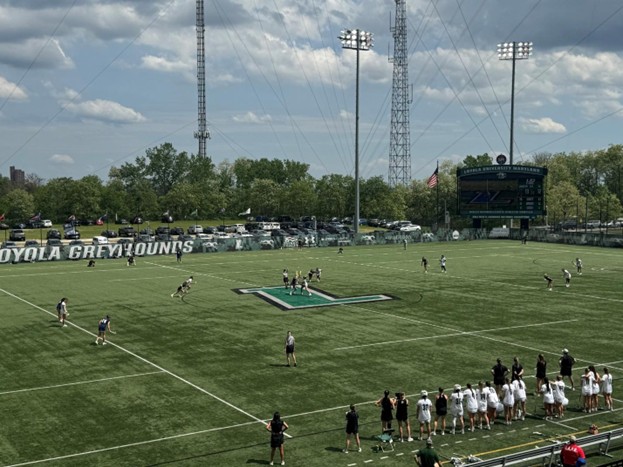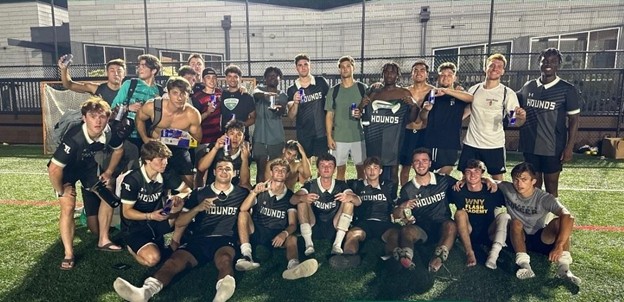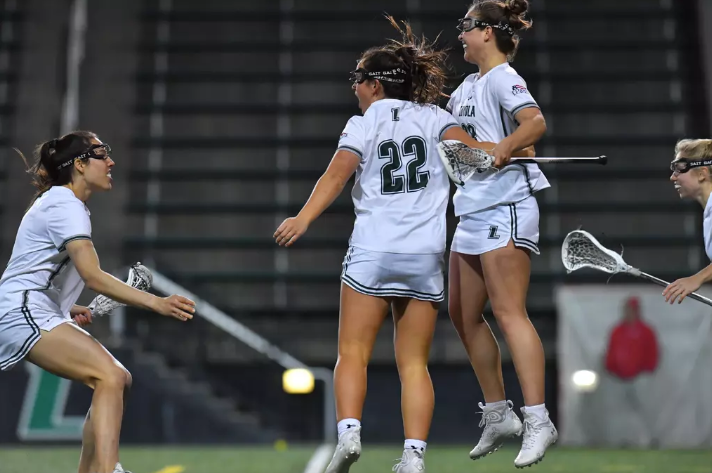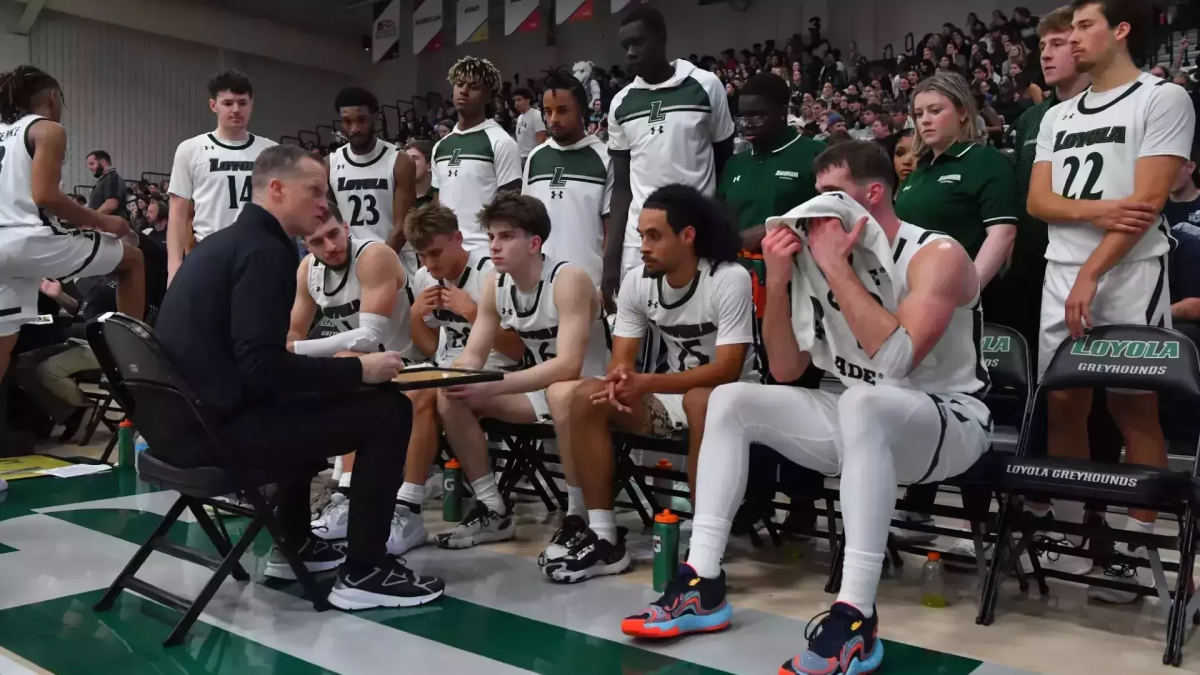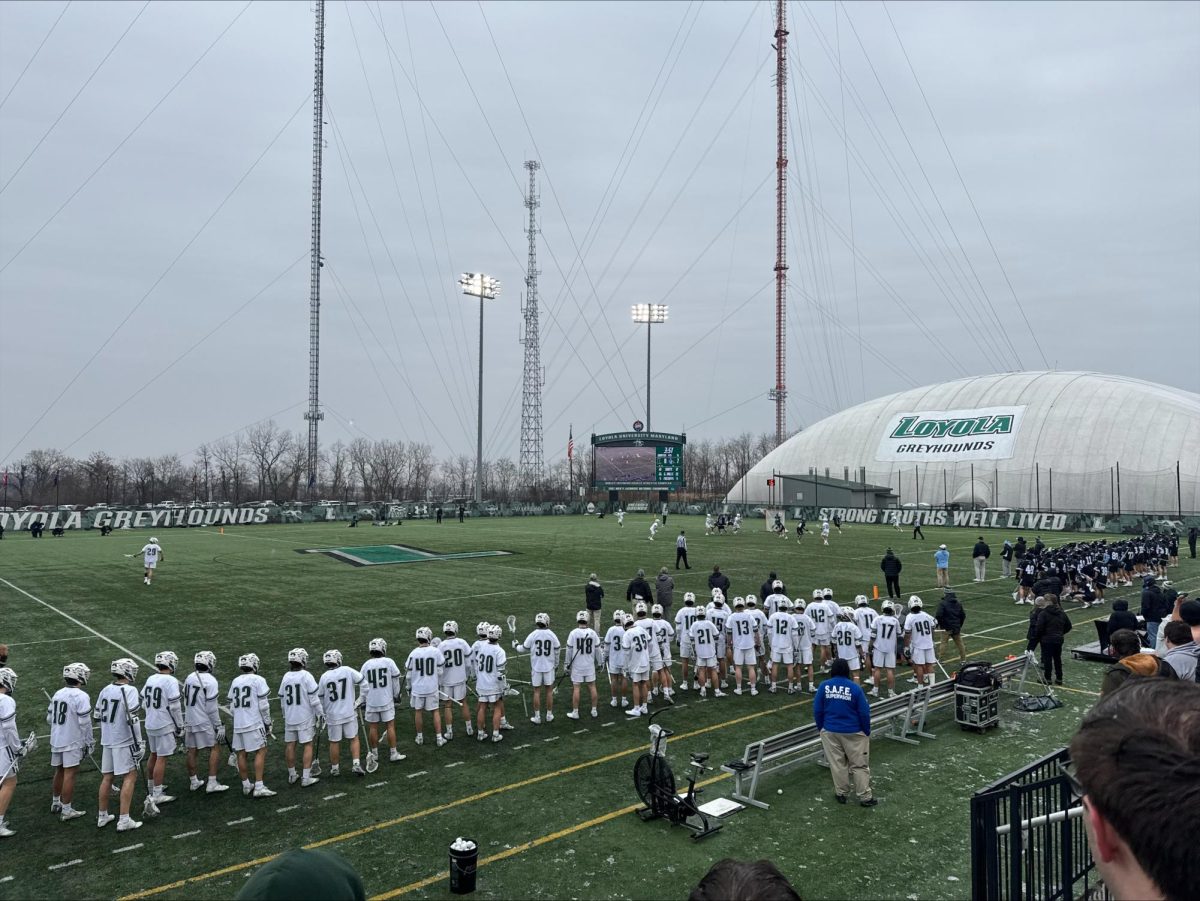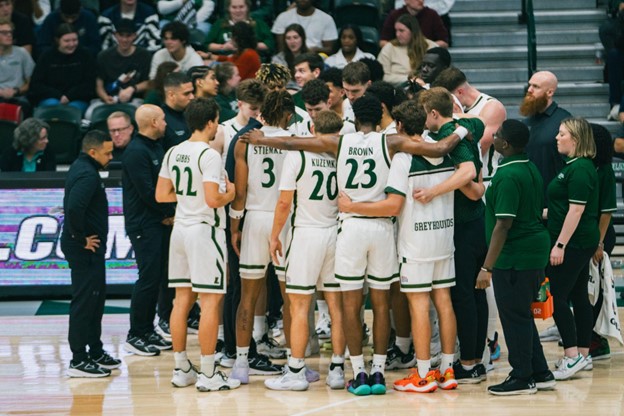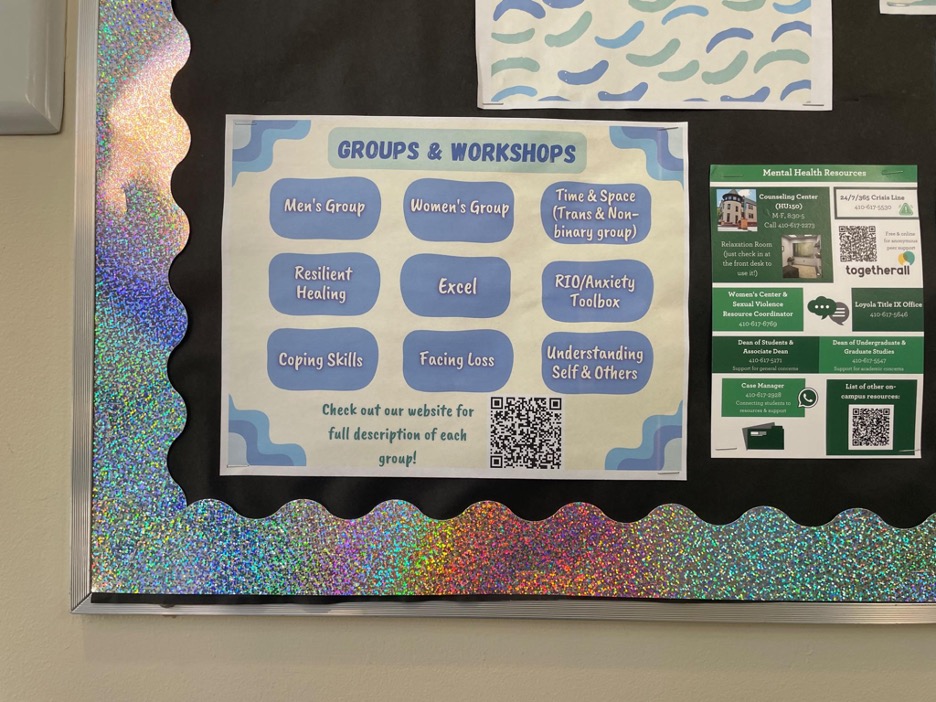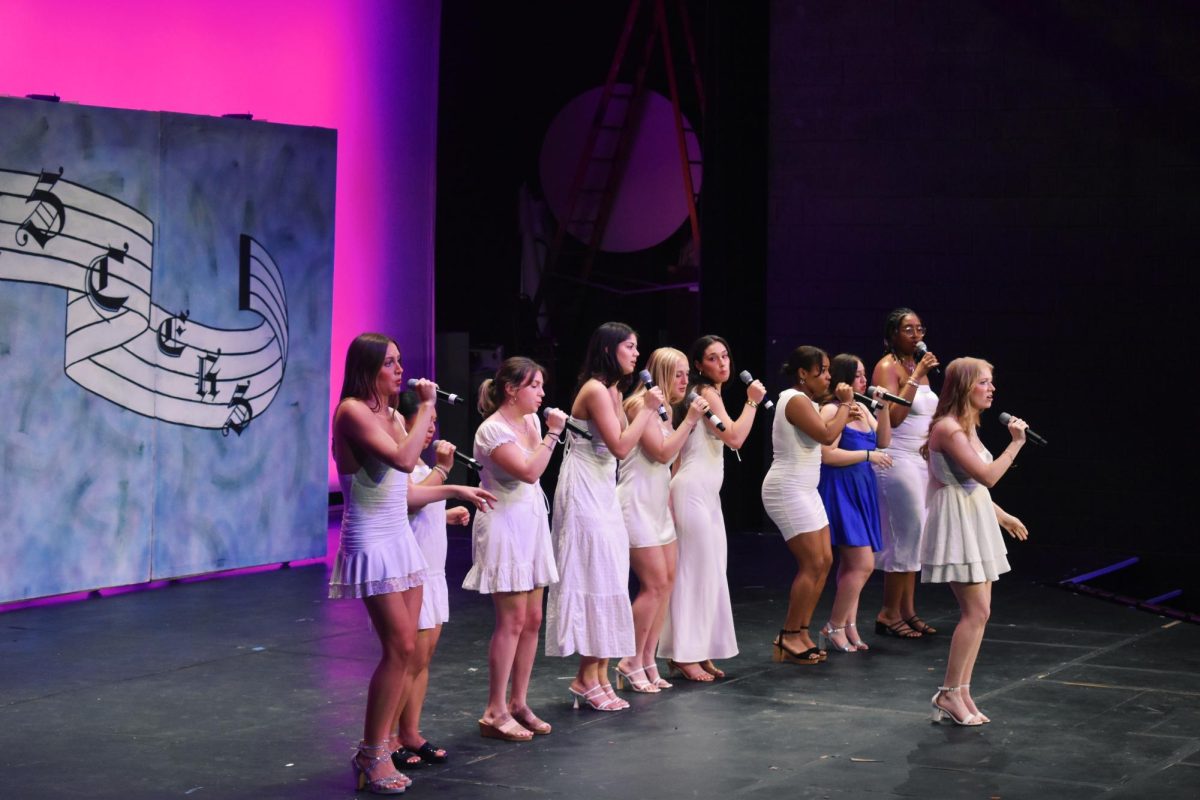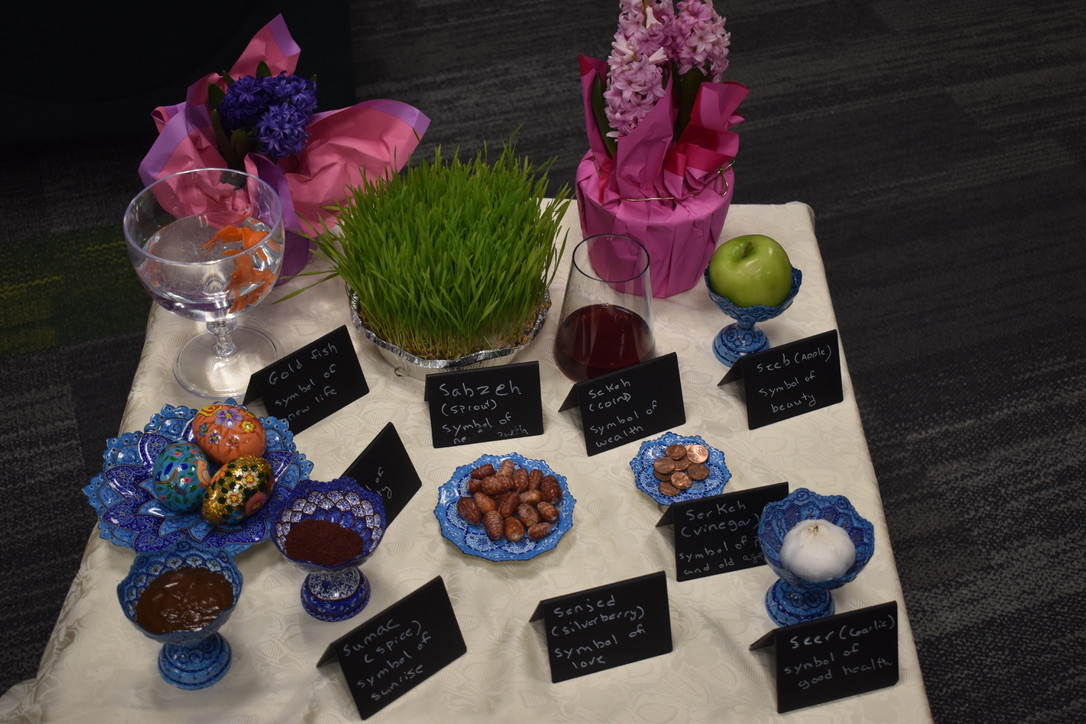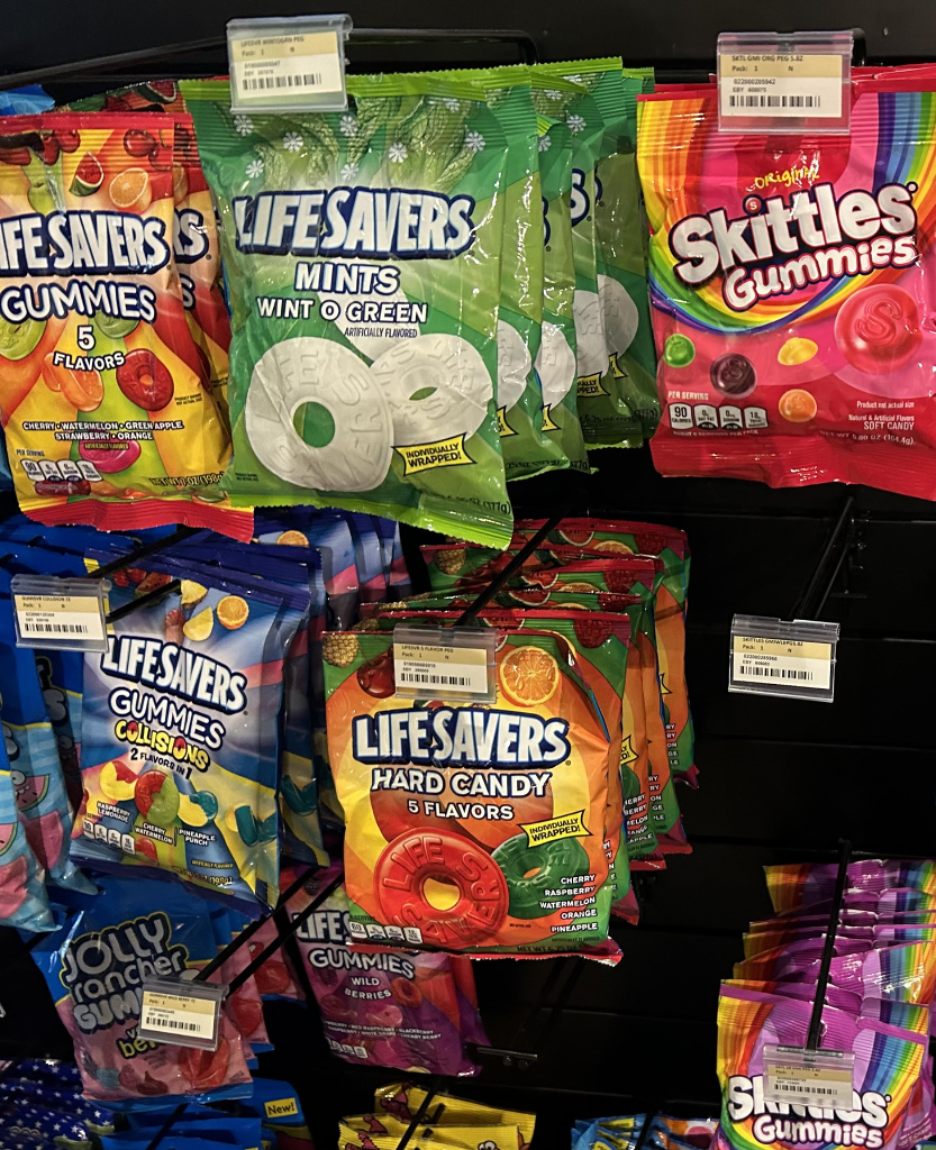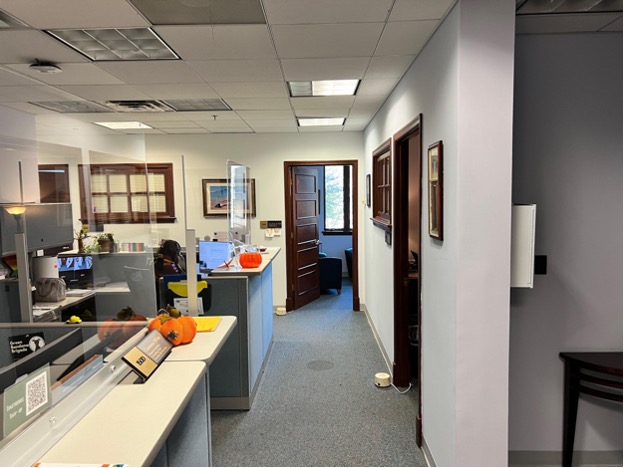The following does not represent the views of Loyola University Maryland, the Greyhound, or Loyola University’s Department of Communication.
Have you ever bought a snack and a drink at Iggy’s? Were you surprised by the price? Groceries and meals on campus have become outrageously expensive as of late and meal points might as well be worthless. Some snack foods that might cost $2 at Royal Farms cost upwards of $4 at Iggy’s. This was the case for Michael Mulvey ’25.
“It’s crazy, the gum I buy is a dollar more expensive here than in Royal Farms. There’s no prices on anything too, so you just have to guess how much it costs,” Mulvey said.
Walking the aisles of Iggy’s Market, price tags are conspicuously absent, causing some students to spend far more than they had planned at the register.
“I was getting food from Iggy’s, and they were charging an insane amount of money for some of the food. There was a box of chicken nuggets that was more than $15 for like four little pieces of chicken,” Liam Oates ’25 said.
I reached out to the head of Parkhurst Dining, Kevin Cubbler who responded about why Iggy’s lacked clear prices.
“Since the onset of the COVID-19 pandemic, our product availability can fluctuate from week to week. For instance, while we may have received Mott’s Apple Sauce last week, this week it might be temporarily out of stock. In such cases, we strive to maintain product availability by substituting with similar items, such as Good and Gather Apple Sauce, which may have a different price. Our commitment to offering a diverse range of products makes it challenging to provide a standard pricing list,” Cubbler said.
While prices for food in Boulder are marked, there is inconsistency when it comes to the price of a meal. Maria Blangiforti ’24, uses meal points to grab lunch with her friends between classes.
“I like meal points because I don’t get lunch here every day, but they really don’t make sense. Yesterday I got the same sandwich and it cost me $14, for some reason I only got charged $6 today,” Blangforti said.
Food prices are high on campus, which makes the meal points seem like they have less value than they’re supposed to. Juniors and seniors have the ability to choose to get $975 in meal points, but this is a bad deal. By spending real money and paying higher prices for snacks and meals on campus, students may as well be throwing away their money.
Ryan Dougan ’25 and part-time Boulder employee said, “I like the meal points because it’s pretty much just cash, but I think everything you can get with meal points is overpriced.”
Meal points have another glaring problem, they don’t roll over between class years, and students are forced to try and spend all their points at the end of the year. While this may sound like the norm across all colleges, the aisles and shelves of Iggy’s Market were bare when classes wrapped up in May of last year and students were forced to see their meal points go to waste. I believe that meal points that are going unspent, shouldn’t line the school’s pockets or Parkhurst Dining, but instead should go to the Govans Community Fridge.
Meal plans are mandatory for students living on campus and many students are forced into buying expensive meal plans. In fact, living off campus is the only way for students to avoid these expensive meal plans. This year, Joey Donovan ‘24, moved off campus.
“I saved so much money not getting the meal plan. It’s like $1,500 [a semester] for four meals a week and 250 points, you can’t tell me that’s worth it,” Donovan said.
Many students have run into big problems with the meal system as well.
“One time, someone used all my swipes for the week using my ID number. I got a new card but I never got the meals back, so I ended up just going hungry for a week when I was a freshman,” Claudia Valentine ’24 said.
So, what can we students do about it? Get smaller meal plans, less money, and less food goes to waste. While it might be a challenge to buy groceries as an on-campus student, there are real benefits. Eating on your own schedule and eating what you want, is a level of independence that everyone will have to get used to after graduation. My advice is this, steer clear of the campus groceries as well, the money is better spent at Starbucks where you won’t be robbed blind by markups.












